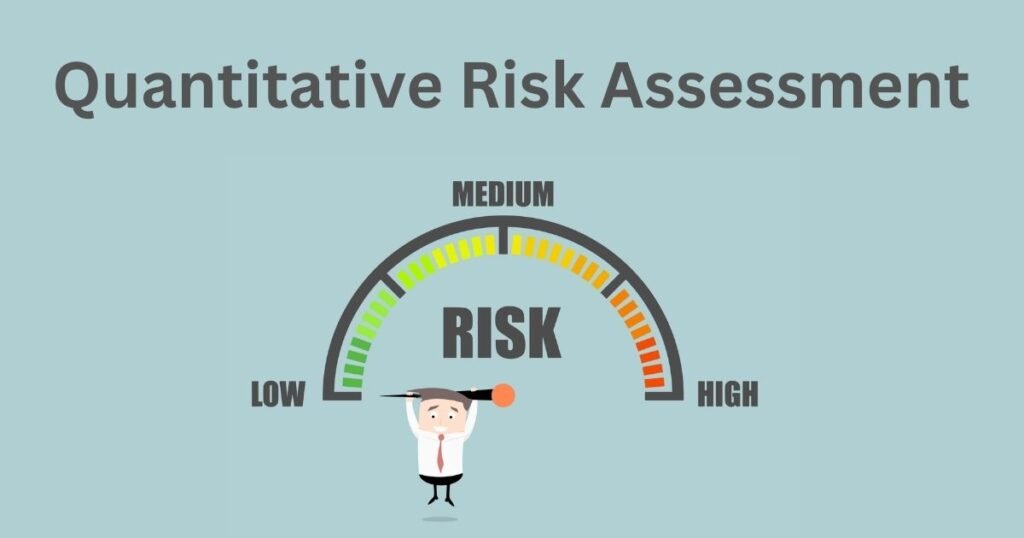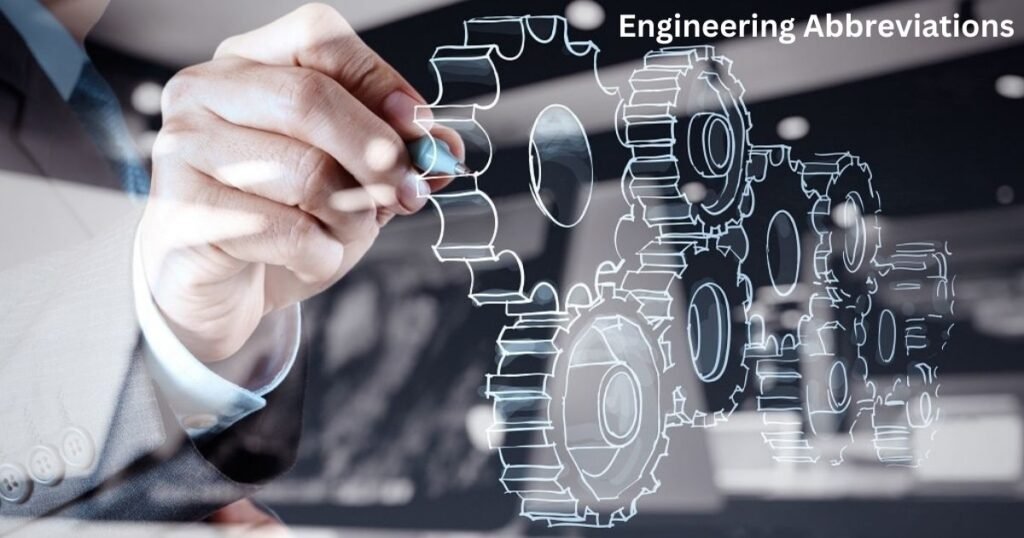Comprehensive Guide on Quantitative Risk Assessment (QRA) in the Oil and Gas Industry
Introduction
Quantitative Risk Assessment (QRA) is a systematic process used in the oil and gas industry to evaluate the likelihood and impact of hazardous events. It plays a crucial role in ensuring safety, regulatory compliance, and risk mitigation. This guide provides a detailed methodology, industry standards, examples, software tools, and downloadable templates to help professionals conduct effective QRA studies.
1. Importance of QRA in the Oil and Gas Industry
- Ensures Safety: Helps identify potential hazards and reduce risks.
- Regulatory Compliance: Aligns with international codes and standards.
- Operational Decision Making: Assists in designing safer processes and infrastructure.
- Emergency Preparedness: Improves response planning for hazardous events.
Real-World Case Studies
1. Piper Alpha Disaster (1988)
- Offshore platform explosion due to a gas leak.
- QRA could have identified safety gaps in shutdown procedures.
2. Texas City Refinery Explosion (2005)
- Large-scale explosion caused by hydrocarbon vapor ignition.
- A robust QRA could have assessed risks associated with overfilled towers.
3. Deepwater Horizon Spill (2010)
- Blowout prevention system failure.
- QRA methodology could have modeled risk scenarios and mitigation plans.
4. Buncefield Oil Depot Fire (2005)
- Overflow of petrol storage tanks led to vapor cloud explosion.
- QRA could have addressed the failure of level alarms and emergency shutdowns.
5. BP Texas City Refinery Explosion (2005)
- Cost-cutting led to compromised safety.
- QRA could have highlighted the high probability of ignition sources.
2. Detailed QRA Methodology
Flowchart of QRA Methodology
[Hazard Identification] → [Frequency Analysis] → [Consequence Modeling] → [Uncertainty Analysis] → [Risk Calculation] → [Risk Evaluation & Mitigation] → [Reporting & Review]
Step 1: Hazard Identification (HAZID)
- Identify potential hazards (fire, explosion, toxic gas release, etc.).
- Use HAZOP, HAZID, and What-If Analysis methodologies.
- Classify risks based on source, severity, and frequency.
Step 2: Frequency Analysis
- Estimate the probability of hazardous events using:
- Historical failure data (e.g., offshore well blowouts, refinery leaks).
- Fault Tree Analysis (FTA) for system failures.
- Event Tree Analysis (ETA) to model potential outcomes.
Step 3: Consequence Modeling
- Use software tools like PHAST and Safeti to model:
- Fire and explosion impact (thermal radiation, overpressure effects)
- Gas dispersion and toxic release (wind direction, weather conditions)
- Jet fire, pool fire, BLEVE (Boiling Liquid Expanding Vapor Explosion)
- Risk Contours to visualize impact zones.
Graph: Example of Risk Contours
Step 4: Uncertainty Analysis
- Identify uncertainties in failure rates and consequence modeling.
- Use Monte Carlo Simulations to estimate probabilistic risk levels.
Step 5: Risk Calculation
- Use risk matrices and FN curves to evaluate societal and individual risks.
- Apply ALARP (As Low As Reasonably Practicable) principles.
- Risk Calculation Formula: Risk=Frequency×ConsequenceRisk = Frequency \times Consequence
- Categorize risk levels:
- High Risk (requires immediate action)
- Medium Risk (mitigation recommended)
- Low Risk (acceptable level)
Graph: FN Curve Example
Step 6: Risk Evaluation and Mitigation
- Compare risk levels with industry standards (API, NFPA, OSHA, etc.).
- Implement safety measures:
- Engineering controls: Fire suppression, gas detectors.
- Administrative controls: Emergency response planning, training.
- Personal Protective Equipment (PPE): Respirators, flame-resistant clothing.
Step 7: Reporting and Review
- Document findings in a QRA report.
- Conduct periodic reviews and updates based on operational changes.
3. Assumption Register
A key aspect of QRA is documenting assumptions that impact risk calculations. Below is a standard assumption register:
| Assumption | Description | Basis |
|---|---|---|
| Equipment failure rate | Based on historical data and reliability studies | API RP 581 |
| Weather conditions | Assumed based on worst-case meteorological data | Local climate records |
| Gas dispersion behavior | Modeled using Gaussian dispersion equations | PHAST software |
| Ignition probability | Estimated based on past industry incidents | NFPA guidelines |
| Emergency response time | Assumed as per site-specific emergency plans | Internal SOPs |
4. Industry Codes, Standards, and References
| Standard | Description | Link |
|---|---|---|
| API RP 580 | Risk-Based Inspection | API Website |
| NFPA 30 | Flammable and Combustible Liquids Code | NFPA Website |
| OSHA PSM (29 CFR 1910.119) | Process Safety Management | OSHA Website |
| IEC 61511 | Functional Safety for Process Industries | IEC Website |
| ISO 31000 | Risk Management Principles | ISO Website |
5. QRA Report Details
A typical QRA report includes the following sections:
- Executive Summary: Key findings and risk levels.
- Scope & Objectives: Define study boundaries.
- Methodology: Detail hazard identification, consequence analysis, and risk calculations.
- Assumptions & Limitations: Document assumptions from the register.
- Results & Risk Contours: Provide risk matrices, FN curves, and uncertainty analysis.
- Recommendations & Mitigation Strategies: Propose risk-reduction measures.
- Appendices: Include raw data, calculation details, and references.
6. Downloadable QRA Tools and Templates
📥 Download QRA Excel Template – Includes risk assessment calculations. 📥 QRA Checklist – Ensures all assessment steps are covered. 📥 QRA Methodology Guide – Detailed risk assessment process. 📥 QRA Assumption Register – Template for documenting key assumptions. 📥 QRA Report Template – Standard report structure for risk assessments.
Conclusion
Quantitative Risk Assessment is an essential tool in the oil and gas industry to minimize hazards and ensure safe operations. By following structured methodologies, industry standards, and using advanced software, organizations can effectively manage risks and comply with safety regulations.
A well-executed QRA enables:
- Improved safety performance
- Reduced incident probabilities
- Enhanced emergency preparedness
- Regulatory compliance
Would you like additional customizations, such as specific regulatory requirements for different regions?


